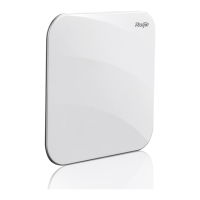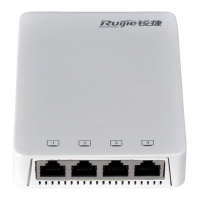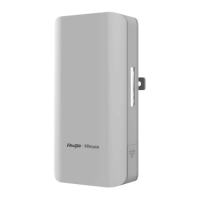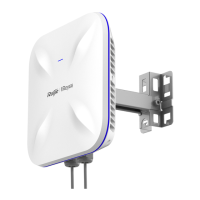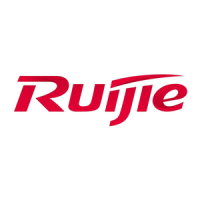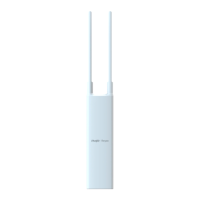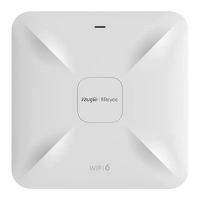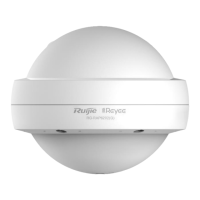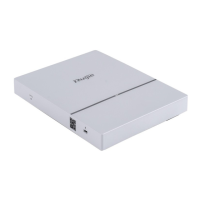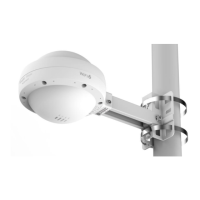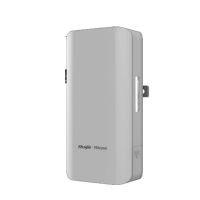Configuration Guide Configuring DHCPv6
RFC3315 stipulates that DHCPv6 uses UDP ports 546 and 547 for packet exchange. Specifically, a DHCPv6 client uses port
546 for receiving packets, while a DHCPv6 server and DHCPv6 relay agent use port 547 for receiving packets. RFC3315
defines the following types of packets that can be exchanged among the DHCPv6 server, client, and relay agent:
Packets that may be sent by a DHCPv6 client to a DHCPv6 server include Solicit, Request, Confirm, Renew, Rebind,
Release, Decline, and Information-request.
Packets that may be sent by a DHCPv6 server to a DHCPv6 client include Advertise, Reply, and Reconfigure.
Packets that may be sent by a DHCPv6 relay agent to another DHCPv6 relay agent or a DHCPv6 server include
Relay-forward.
Packets that may be sent by a DHCPv6 relay agent to another DHCPv6 relay agent or a DHCPv6 server include
Relay-reply.
Ruijie DHCPv6 servers do not support the Reconfigure packet.
Ruijie DHCPv6 clients do not support the Confirm and Reconfigure packets.
Overview
Requesting/Allocating
Addresses
Dynamically obtains/allocates IPv6 addresses in a network in the client/server mode.
Requesting/Allocating Prefixes
Dynamically obtains/allocates IPv6 prefixes in a network in the client/server mode.
Provides stateless configuration service for hosts in a network.
Provides the DHCPv6 server service for hosts in different networks by using the relay
service.
5.3.1 Requesting/Allocating Addresses
A DHCPv6 client can request IPv6 addresses from a DHCPv6 server.
After being configured with available addresses, a DHCPv6 server can provide IPv6 addresses to hosts in the network,
record the allocated addresses and improve the network manageability.
Working Principle
Network hosts serve as DHCPv6 clients and DHCPv6 servers to implement address allocation, update, confirmation, release
and other operations through message exchange.
Four-Message Exchange
Figure 5-5 shows the four-message exchange process.
Figure 5-5
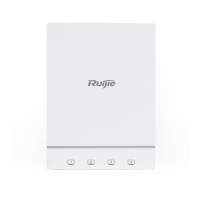
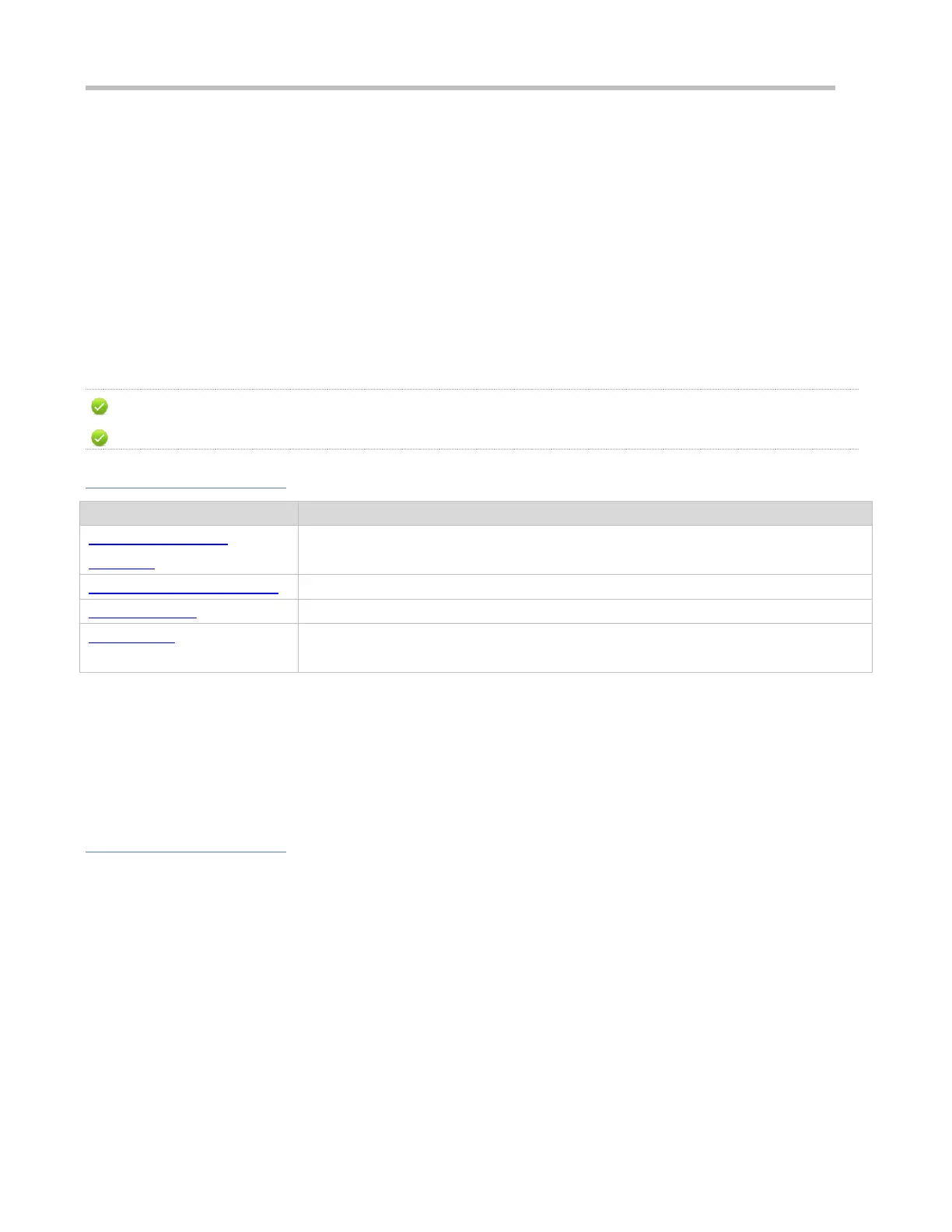